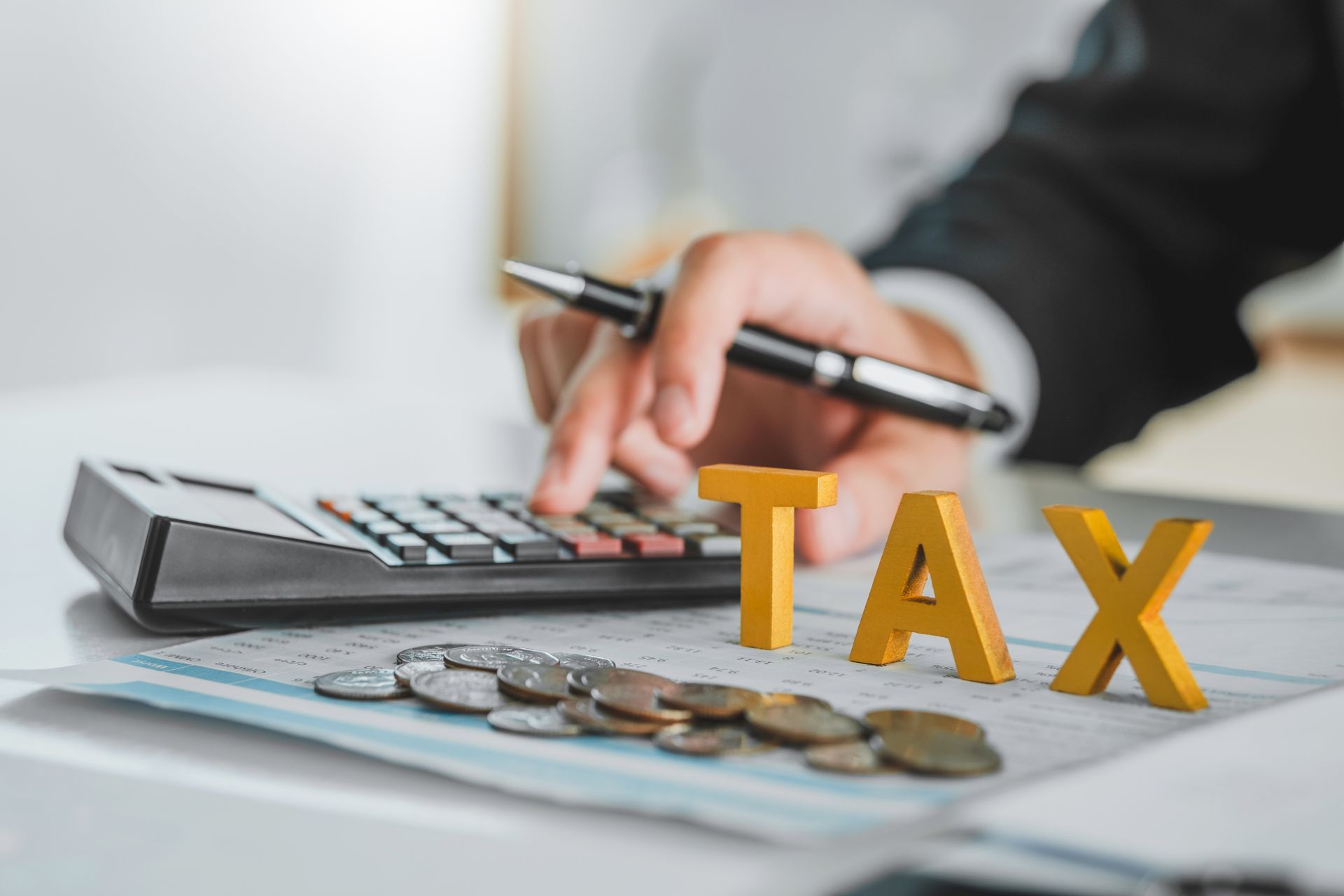Starting & understanding PAYG instalments
Managing taxes can be daunting, especially when juggling business and investment income. Today’s guide aims to demystify the PAYG instalment system, helping you navigate through its nuances to ensure a healthy financial stance for your business or investment ventures.
Introduction to PAYG instalments.
PAYG instalments are a tax system designed for individuals, businesses, and investors to manage their income tax obligations by making regular payments throughout the year. This proactive approach to tax management helps in avoiding large lump sum payments at the end of the financial year, assisting in better cash flow management and financial planning. Almost everyone uses PAYG!
A note on entry thresholds & requirements.
The ATO determines your requirement to pay PAYG instalments based on the information in your latest tax return, focusing on your gross business and investment income. Various thresholds apply, depending on whether you are an individual, trust, company, or super fund, with specific criteria such as instalment income, tax payable on the latest assessment, and estimated notional tax.
How PAYG instalments work in three clear steps.
- Enter the system: Upon meeting the criteria, the ATO will notify you of your automatic entry into the system through various communication channels, including myGov, online services for business, or traditional mail, based on your registered preferences. Entry into the system can also be upon request (via MyGov for individuals or the ATO for businesses) if you anticipate crossing the income threshold. It’s important that your myGov for the PAYG instalments to pay each quarter.
- Make instalment payments: Payments are typically made quarterly and are calculated based on your business or investment income, aiding in spreading out your tax liabilities over the year. Payments must be made by July 28, October 28, January 28 and April 28 each year.
- Be reconciled: The instalments paid are adjusted against your total tax liability when you file your annual tax return at the end of the financial year, potentially leaving you with minimal or no additional tax to pay.
The difference between PAYG instalments & PAYG withholding.
PAYG instalments and PAYG withholding are different components of Australia's tax system, designed to manage tax obligations in different contexts. However, they’re often confused for one another. Understanding the differences between PAYG instalments and PAYG withholding is crucial for businesses and individuals to ensure compliance and optimal tax management.
- Application. PAYG instalments apply to taxpayers with business or investment income, whereas PAYG Withholding applies to payments made to employees and certain contractors.
- Purpose. Instalments help manage expected tax liability on non-withheld income, while withholding ensures tax on wages and similar payments is collected throughout the year.
- Control. Taxpayers have some control over their PAYG Instalment amounts (e.g., they can vary instalments if their income changes), but they do not control the amount withheld under PAYG Withholding; this is determined by tax tables and legislated rates.
Real world examples.
Case study 1: Rob — Individual investor with rental income.
Rob owns three investment properties and anticipates that the rental income from these properties will amount to $55,000 for the financial year. Besides rental income, he doesn’t have any other sources of income. However, he incurs expenses related to the maintenance of these properties, including repairs, real estate fees, and gardening. These total $5,500.
Managing his tax obligations efficiently, Rob decides to utilise PAYG. He uses the PAYG instalments calculator available for individuals to estimate his tax liability:
- After entering his total investment income of $55,000 and deducting his allowable expenses, Rob's taxable income comes down to $49,500.
- The calculator estimates that Rob's tax for the financial year on his investment income would be $7,544.
- As such, Rob voluntarily enters the PAYG instalment system to manage this liability. By dividing the estimated annual tax by four, Rob calculates his quarterly instalments to be $1,886 each.
- This allows Rob to plan ahead for his tax payments, ensuring that he doesn't face a large tax bill unexpectedly and can manage his cash flow more effectively throughout the year.
Case study 2: Danielle — sole trader business income.
Danielle operates her business as a sole trader and estimates her business income will be $100,000 for the upcoming financial year. Danielle is also entitled to allowable business tax deductions amounting to $10,000, which she plans to claim.
To prepare for her tax obligations, Danielle uses the PAYG instalments calculator for individuals.
- She inputs her estimated business income and deductions, resulting in an adjusted taxable income of $90,000.
- Based on these figures, the calculator estimates her PAYG instalment amount to be $20,437 for the year.
- To manage cash flow and ensure she has enough funds to cover her tax obligations, Danielle divides the annual instalment amount by 52 weeks, setting aside $393.02 each week.
In doing so, she comfortably accumulates the necessary funds for her quarterly tax instalments. When Danielle receives her quarterly business activity statement (BAS), she’s well-prepared to meet her PAYG instalment payment. Upon lodging her annual tax return, the PAYG instalments she has paid throughout the year significantly reduce her final tax liability, leaving her with little to no additional tax to pay.
The key takeaway.
Utilising the PAYG system is the easiest way to avoid a huge tax bill at the end of the year. Whether you’re an individual or a business, Ascent Accountants is committed to guiding you through the intricacies of this instalment system so you can navigate your tax obligations confidently.
Remember, accurate planning and regular payments can significantly ease your tax burdens, providing peace of mind and financial stability. To get started with PAYG, contact us!
Need help with your accounting?








